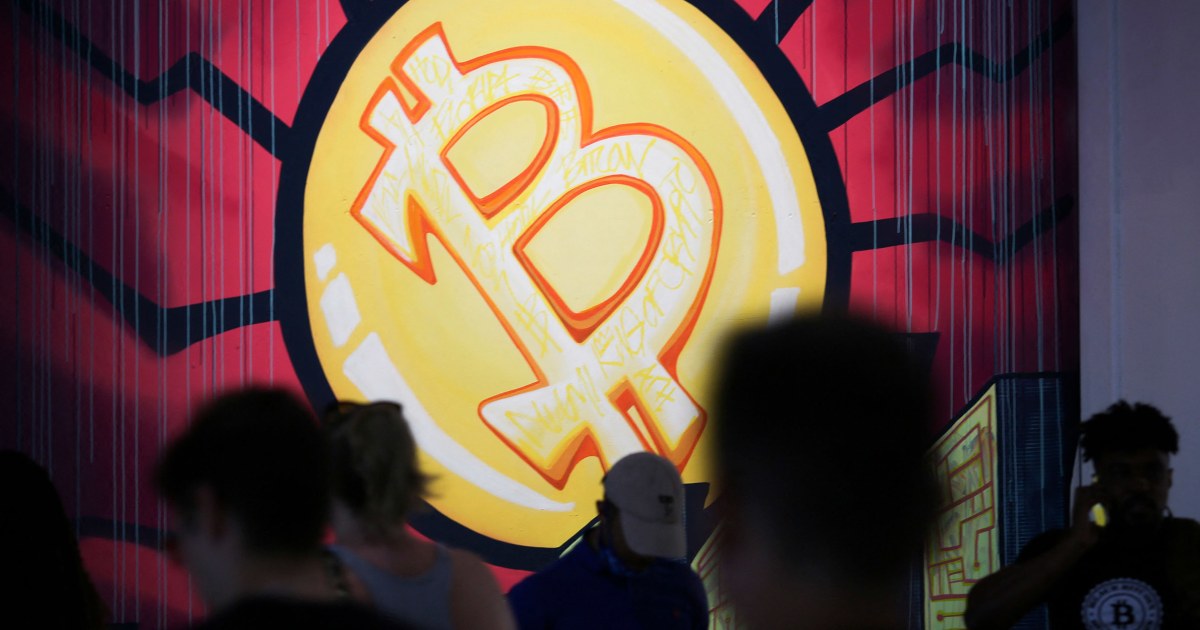After a sign-stealing scandal involving a gray screen to block signals, USC coach Lincoln Riley and Utah coach Kyle Whittingham engage in a debate over in-game communication. Riley advocates for in-helmet communication and the NCAA eventually adopts a rule allowing one player on each side of the ball to have a radio in their helmet. Despite this change, coaches like Penn State’s James Franklin remain skeptical that it will truly thwart sign stealing.
Riley and his staff experiment with the new communication system, adapting weekly to find the most effective strategies. Quarterback Miller Moss and linebacker Easton Mascarenas-Arnold adjust to the green dot system. Mascarenas-Arnold, the defensive signal-caller, helps coordinate calls and communication across the defense.
Defensive coordinator D’Anton Lynn, a seasoned NFL coach, emphasizes the benefits of in-helmet communication for defense but believes a combination of signals and headsets is necessary. Moss faces initial challenges but finds the system helpful in making the offense more efficient.
Overall, the new in-helmet communication system has reshaped how teams operate on the field, from audibles to defensive alignments. While some remain cautious about the limitations of the system in preventing sign stealing, coaches like Riley and Lynn are adapting to maximize its strategic advantages while mindful of maintaining preparedness on the field.
Source
Photo credit www.latimes.com



